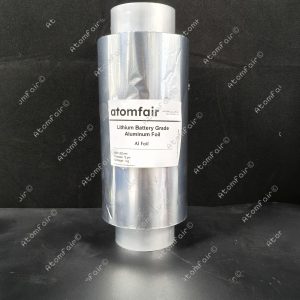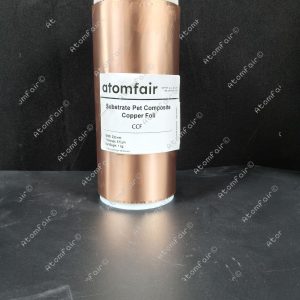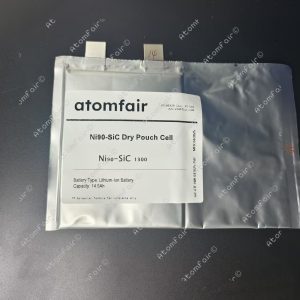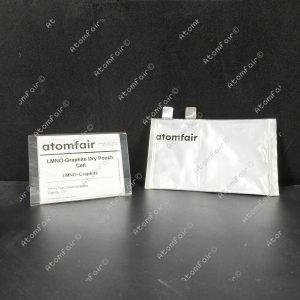Your cart is currently empty!

Atomfair Vinylmethyldimethoxysilane C5H12O2Si
Description Vinylmethyldimethoxysilane (CAS No. 16753-62-1) is a highly versatile organosilicon compound with the molecular formula C5H12O2Si . This clear, colorless liquid is characterized by its reactive vinyl and methoxy functional groups, making it an essential intermediate in organic synthesis and surface modification applications. With an IUPAC name of ethenyl-dimethoxy-methylsilane , it offers excellent hydrolytic stability and adhesion-promoting properties, ideal for coupling organic polymers with inorganic substrates. Its low viscosity and moderate volatility ensure ease of handling in industrial and laboratory settings. Packaged under inert gas to maintain purity, this silane is a critical reagent for researchers in materials science, coatings,…
Description
Description
Vinylmethyldimethoxysilane (CAS No. 16753-62-1) is a highly versatile organosilicon compound with the molecular formula C5H12O2Si. This clear, colorless liquid is characterized by its reactive vinyl and methoxy functional groups, making it an essential intermediate in organic synthesis and surface modification applications. With an IUPAC name of ethenyl-dimethoxy-methylsilane, it offers excellent hydrolytic stability and adhesion-promoting properties, ideal for coupling organic polymers with inorganic substrates. Its low viscosity and moderate volatility ensure ease of handling in industrial and laboratory settings. Packaged under inert gas to maintain purity, this silane is a critical reagent for researchers in materials science, coatings, and adhesives.
- CAS No: 16753-62-1
- Molecular Formula: C5H12O2Si
- Molecular Weight: 132.23
- Exact Mass: 132.060656156
- Monoisotopic Mass: 132.060656156
- IUPAC Name: ethenyl-dimethoxy-methylsilane
- SMILES: CO[Si](C)(C=C)OC
- Synonyms: Vinylmethyldimethoxysilane, 16753-62-1, EINECS 240-816-6, DTXSID70894357, silane, ethenyldimethoxymethyl-
Application
Vinylmethyldimethoxysilane is widely used as a coupling agent to enhance the adhesion between organic polymers and inorganic surfaces, such as glass, metals, or minerals. It serves as a key crosslinking component in silicone-based sealants, adhesives, and coatings, improving durability and weather resistance. Researchers also employ it as a precursor for modifying silica nanoparticles or synthesizing hybrid materials with tailored surface properties.
If you are interested or have any questions, please contact us at support@atomfair.com
Related products
-
Atomfair 1 kg/roll Battery Grade Aluminum Foil (200mm W x 12um T) for Battery Electrode Substrate/ Current Collector
$169.95 -
Atomfair 1 kg/roll Battery Grade PET Composite Copper Foil for Battery Anode Substrate/ Current Collector
$529.95 -
Atomfair 14.5 AH Ni90 || SiC Dry Pouch Battery Cell Without Electrolyte Filling
$550.00 -
Atomfair 1AH LCO || Graphite Dry Pouch Cell Lithium Ion Battery
$169.95 -
Atomfair 1AH LMNO || Graphite Dry Pouch Cell Lithium Ion Battery
$189.95




